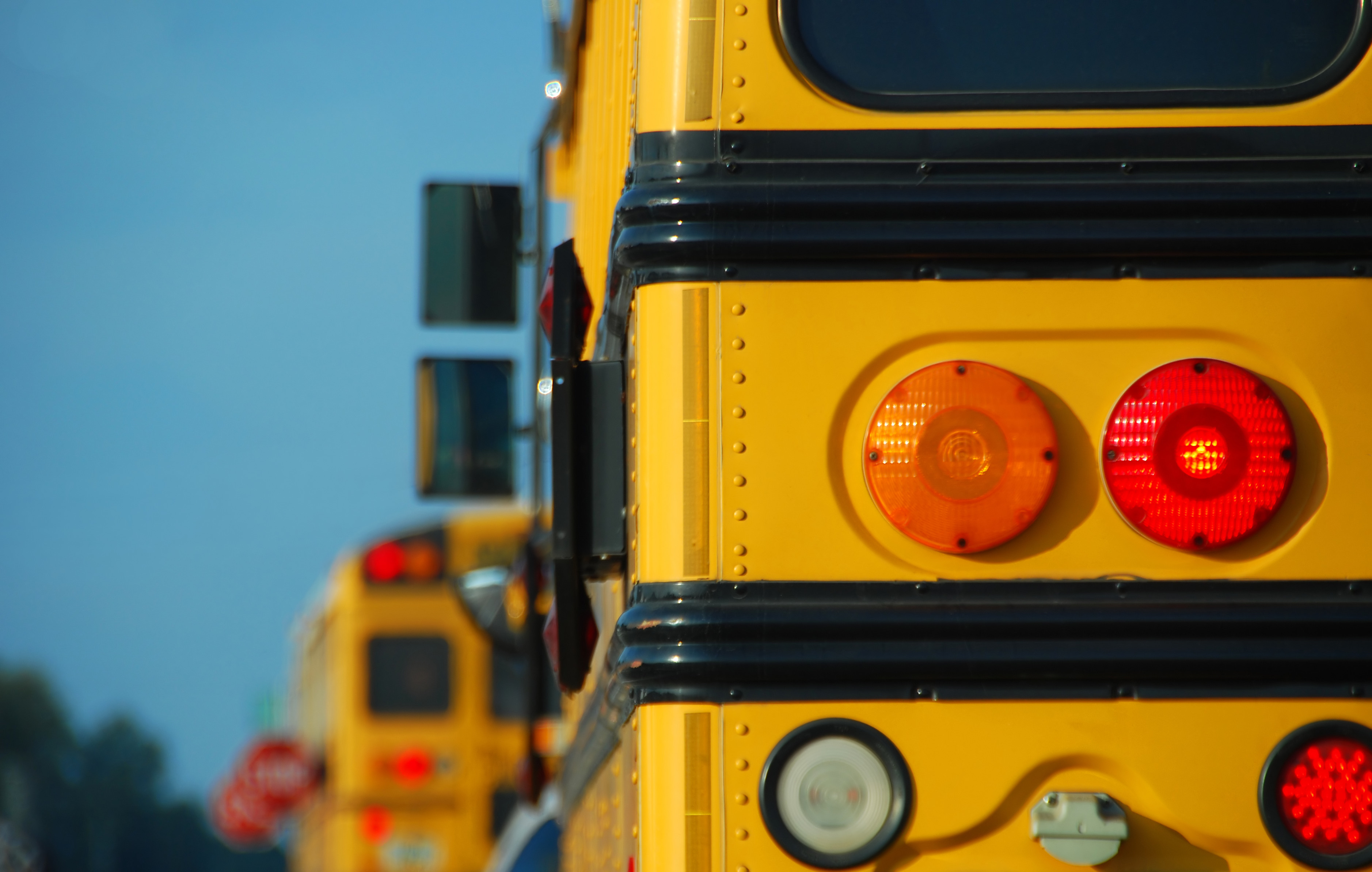This guest blog is written by Malaina Kapoor, a current high school student who decided to homeschool in order to expand her learning by blending interdisciplinary, real world, and academic-focused learning. Her work has been published by Education Next, The Mercury News, and the Bluefire literary journal.
Innovative schools are on the rise across the world and are transforming the way we think about K–12 education. These schools are no longer following the traditional model of education. They are not tied to a standardized curriculum, traditional methods of assessment, or even a single location. New models are beginning to provide students with opportunities to work on collaborative, real-world projects—students start non-profits, design robots, complete specialized science research, and work in maker spaces to cut, drill, and laser print. Increasingly, students at these schools also have opportunities to engage in individualized learning through tech-driven curriculum. Teachers provide support and counseling by helping students pave their own educational pathway, choose their own curricula, and move at their own pace. Students in new models often take on additional responsibilities, planning their own days, weeks, and semesters. And schools become collaborative environments—spaces where students can work together to tackle the “real world” while gaining the skills they will need to operate successfully in a 21st century workplace. Think Global School, The Ambani School, and High Tech High are all examples of these schools.
For all their promise, however, innovative schools may still experience growing pains. In particular, students can face difficulties transitioning to a high school environment that departs from traditional designs. Rising high school freshmen just entering an innovative school have spent eight to eleven years in a traditional school. It can be extremely difficult to adjust to the new model of education, after being conditioned to learn through memorization, tests, and lectures.
To better understand the problems students face as they transition to innovative schools, I conducted research to document these challenges. I began my six-month intensive study by speaking with traditional middle schools across the United States to learn how they prepare eighth graders for high school. For the purpose of this research, I defined a traditional school as a school that utilizes lectures and whole-class, single-paced instruction as the primary learning approach, with little differentiation or project-based learning. For my interviews, I was careful to select a sample of parochial, private, and public traditional schools. I also spoke with several innovative high schools across the world, from Mumbai to Texas to Rabat, in order to become familiar with their programs and find out how their students adjust to a new model of education. Some of the schools I interviewed had just opened and had small inaugural classes, while others had been running for decades. I spoke with parents and administrators about each school’s educational philosophies, transition programs, admissions criteria (if applicable), academic and social challenges faced by students, and the ways each school addressed those problems.
Finally, I spoke with students. I talked with them about their middle school experiences, and their reasons for moving to an innovative model. We discussed the rewards and struggles associated with their new learning environments. Each student analyzed how their social relationships had changed, and how they had dealt with their new academic independence. I learned what students wished their schools had done to aid with the transition, and asked them to design their own transition programs.
Through my interviews, I discovered what students find appealing about innovative schools. For the most part, these students’ interest in innovative schools stemmed from their dissatisfaction with the traditional model. “[Traditional school] felt suffocating…” said one girl. “[They tried to] burn everything into my memory,” said another. “[They] always wanted us [to] move onto the next unit.” Students also choose to switch schools because of their excitement about how innovative schools can give them independence and freedom to follow their specific interests and passions.
Still, students may struggle socially. Innovative schools are often smaller than their traditional counterparts. As a result, they can fail to create the micro-communities seen at larger high schools. Individualized learning can also lead to isolation, since opportunities for collaboration within academic subjects becomes restricted. This can hinder the effectiveness of collaborative projects and leave students feeling lonely.
Some innovative high schools do not appear to have completely grasped the social and academic shifts students are dealing with, or the requirements they’ll need to succeed later in life. As a result, it can take significant time and effort for students to fully embrace and take advantage of all the opportunities an innovative model of education can have to offer.
Now, having spoken to educators and students from across the world, I have a better understanding of what is working and what can be improved upon in preparing students to thrive in new, innovative school environments. My research can provide a valuable student perspective to innovative schools as they consider how to better cater to their students’ interests and needs. The next three blog posts in this series will outline my findings and recommendations in the areas of student transition, academics, and social experiences.

